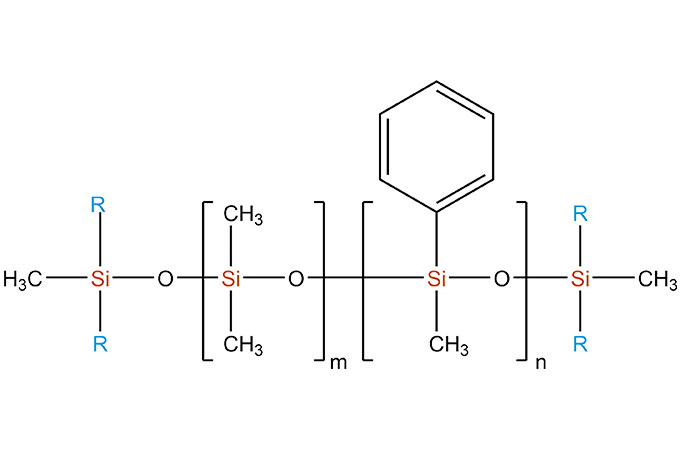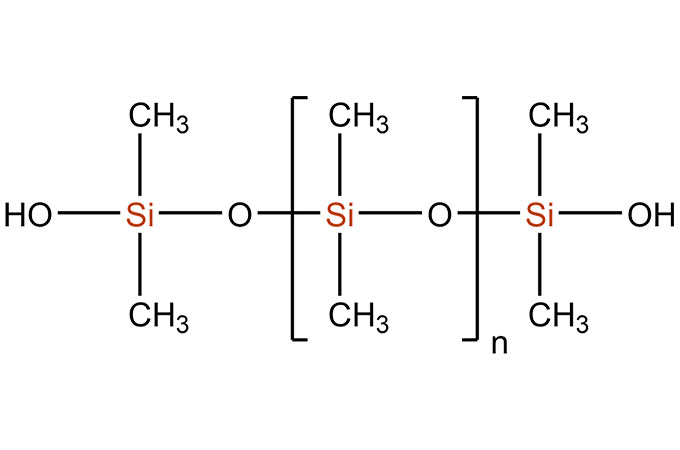Dosage of Silane Coupling Agent
The dosage of silane coupling agent is determined based on the number of reactive sites (such as Si-OH) per unit surface area of the powder and the thickness of the monolayer or multilayers of the silane coupling agent on the surface of the powder.
The Si-OH content of a typical silica powder is between 4-12 μm2, and 1 mol of silane coupling agent can cover approximately 7500 m2 of powder surface area. However, since the hydrolysis of silane coupling agent can result in condensation reactions that affect the accuracy of the calculation, a certain amount of excess must be added.
The calculation for determining the dosage of the silane coupling agent is:
Dosage of silane coupling agents (g) = Powder mass (g) x Powder surface area (m2/g) / Silane coupling agent coverage area (m2/g)
Determination of the Surface Modification process of Silane Coupling Agents
Based on the mechanisms of the selected silane coupling agents and their reactions with the silica powder:
During the reaction between the silane coupling agent and silica powder, a certain amount of reaction time must be maintained, as the effect of the modification is dependent upon the length of the reaction time. This heating and reaction process involves dehydration, condensation, and solidification, to achieve stable and strong covalent bonding between the silane coupling agent and silica powder.
Selection of Silane Coupling Agent Surface Modification Equipment
The selection of silica powder surface modification equipment should be based on the processing technology determined by the surface modification mechanism and should be compatible with equipment that is not contaminated.
Currently, many types of surface modification equipment are available in China, but some of these devices do not adhere to the surface modification mechanisms or process requirements of silica powder, resulting in poor surface modification effects. Therefore, the modification of the purchased equipment and equipment matching must be improved in order to achieve better effects.
Selection of surface modification equipment is a critical step in the surface modification of silica powder. When selecting surface modification equipment, the following requirements should be taken into consideration:
The surface modification equipment should heat and keep the silica powder in a dynamic state, with the heating time automatically controlled.
The equipment should have an exhaust system that can remove the water before and after the surface modification process by steam, allowing the silane coupling agent and the powder to undergo a condensation reaction and form a covalent bond.
The surface modification equipment should ensure that the silica powder is in a high-speed dynamic state during the process.
The surface modification equipment should meet the requirements of adding surface modification agents.
In order to solve the problem of false agglomeration and hard agglomeration during surface modification, effective classification must be carried out, and dedicated classification equipment should be selected.
 English
English 日本語
日本語 한국어
한국어 français
français Deutsch
Deutsch Español
Español italiano
italiano русский
русский português
português العربية
العربية tiếng việt
tiếng việt


